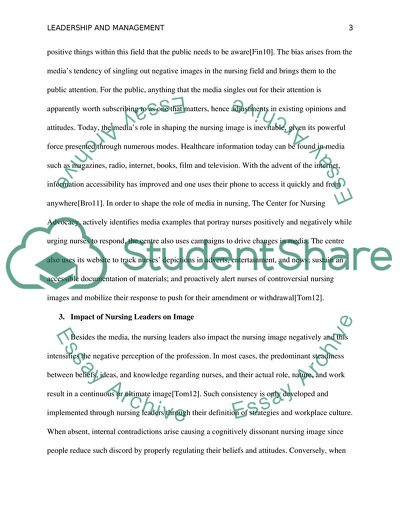Cite this document
(LEADERSHIP AND MANAGEMENT Essay Example | Topics and Well Written Essays - 1250 words, n.d.)
LEADERSHIP AND MANAGEMENT Essay Example | Topics and Well Written Essays - 1250 words. https://studentshare.org/nursing/1860332-the-image-of-nursing
LEADERSHIP AND MANAGEMENT Essay Example | Topics and Well Written Essays - 1250 words. https://studentshare.org/nursing/1860332-the-image-of-nursing
(LEADERSHIP AND MANAGEMENT Essay Example | Topics and Well Written Essays - 1250 Words)
LEADERSHIP AND MANAGEMENT Essay Example | Topics and Well Written Essays - 1250 Words. https://studentshare.org/nursing/1860332-the-image-of-nursing.
LEADERSHIP AND MANAGEMENT Essay Example | Topics and Well Written Essays - 1250 Words. https://studentshare.org/nursing/1860332-the-image-of-nursing.
“LEADERSHIP AND MANAGEMENT Essay Example | Topics and Well Written Essays - 1250 Words”. https://studentshare.org/nursing/1860332-the-image-of-nursing.


